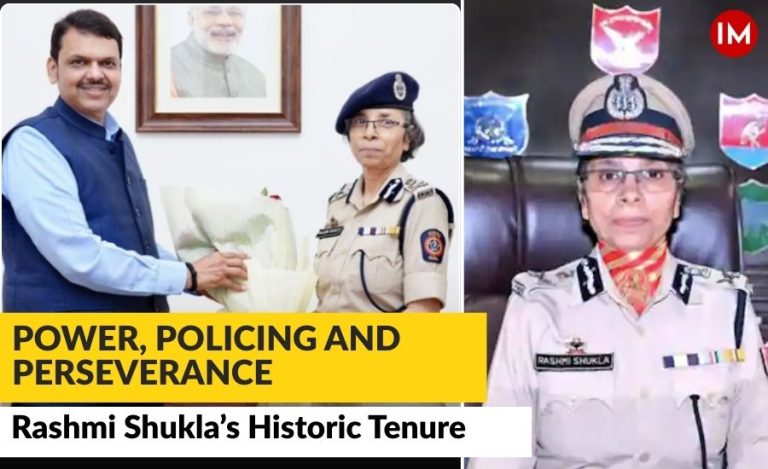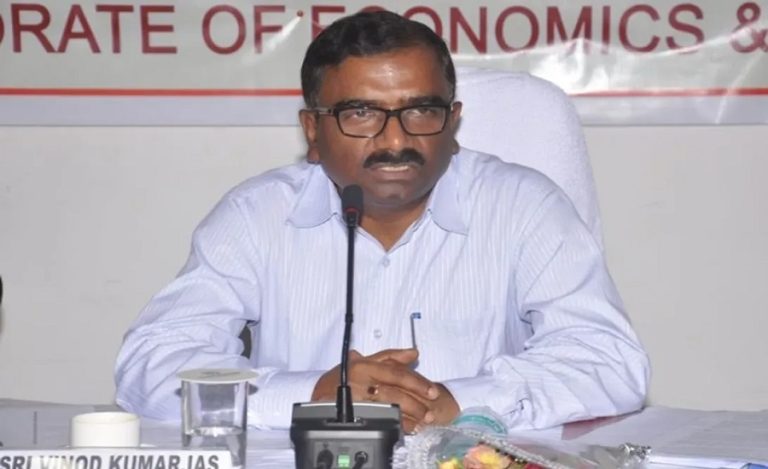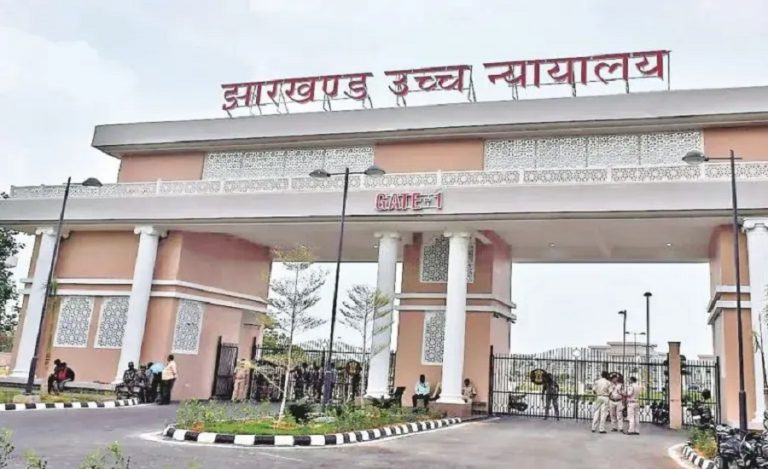In the dense, often-overlooked wilderness of Madhya Pradesh’s Raisen Division, a quiet revolution was underway. Illegal sandstone mining had scarred the land for over three decades, while forest wildlife grappled with growing threats. But the arrival of 2016 batch Indian Forest Service (IFS) officer Mr Vijay Kumar, posted as DCF and Director of Van Vihar National Park, Bhopal, changed the trajectory.
Appointed as DFO, Raisen in March 2023, Mr Vijay launched a decisive crackdown on both environmental exploitation and wildlife emergencies. His visionary leadership – backed by technological acumen, courage, and community collaboration – has become a case study in modern forest governance.
Indian Masterminds interacted with Mr Vijay to learn more about his initiative, its implementation, and its impact.

Part I: Eradicating 30 Years of Illegal Mining in Raisen Division
For over 30 years, illegal sandstone mining consumed more than 500 hectares of forest land in Raisen, long protected under the Forest Conservation Act, 1980. After legal mining licenses were cancelled post-FCA implementation, unscrupulous elements continued exploiting the abandoned mining belts, aided by political and local muscle power.
“When I joined Raisen in March 2023, I saw two of our forest mines severely affected,” Mr. Kumar told Indian Mastermind. “Around 7-8 villages were involved as laborers, and influential people were backing these illegal operations. We faced local and political resistance constantly.”
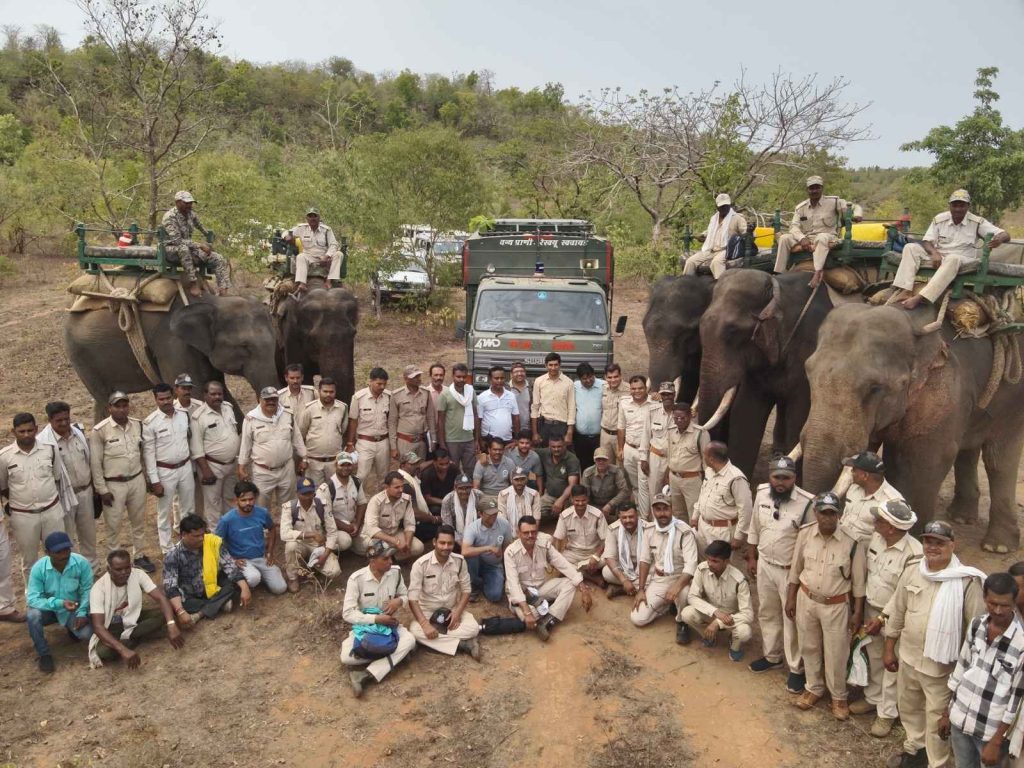
A Multipronged Strategy to Break a Nexus
Understanding that brute enforcement alone wouldn’t suffice, the officer crafted a bold, multipronged plan–
Forest Nakas: Checkpoints were set up to intercept illegal transport of mined materials.
Rapid Response Teams (RRTs): Well-equipped squads were created, complete with vehicles and essential gear.
Technology Deployment: CCTV surveillance and GSM camera traps were installed across vulnerable areas.
Inter-Agency Coordination: Mr Kumar established close coordination with district authorities, police, and local governance units.
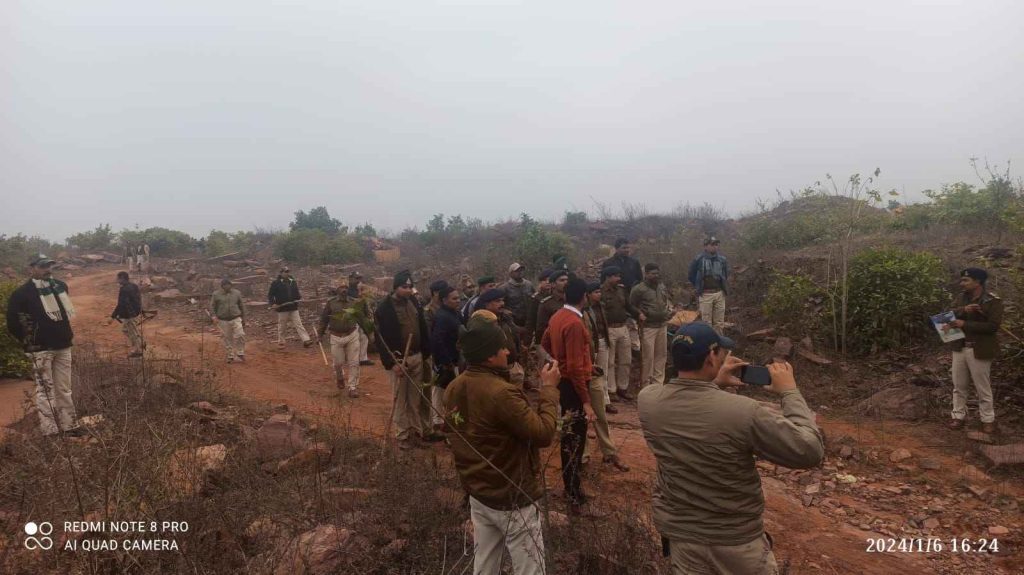
The results were swift and effective–
“There was an incident when our mine was attacked and our staff was assaulted. That was a turning point,” he recalled. “We pursued the case aggressively. Seizures followed – tractors, dumpers, even JCB machines. Over five key perpetrators were arrested.”
By January 2024, illegal mining in the region had been completely eradicated.
“We got strong support from the administration, police, and even political leadership once they saw we meant business. Our message was clear – this had to end.”
Now, efforts are underway to restore the mined sites to their ecological health, setting a model for rehabilitation.
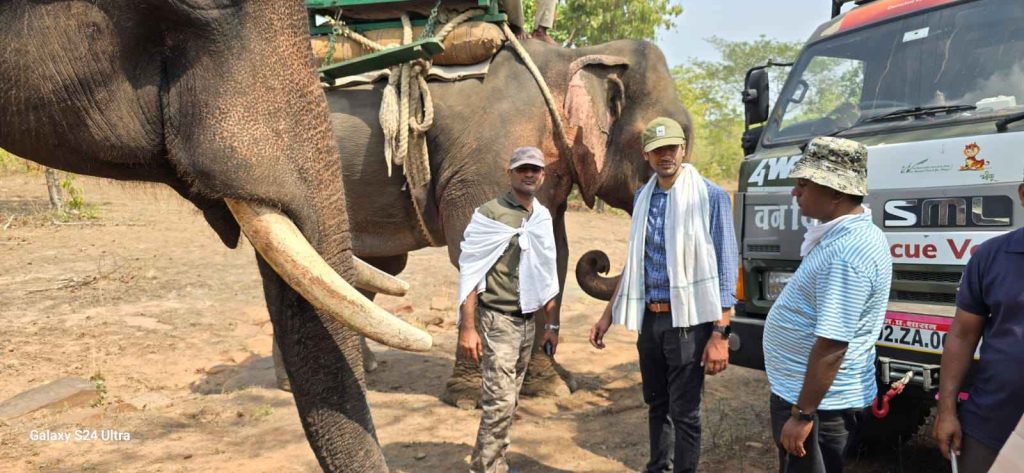
Part II: A High-Tech Tiger Rescue Operation
While the mining crackdown cemented his credentials, Mr. Vijay Kumar’s leadership was further tested during a 10-day-long tiger rescue operation in Raisen – showcasing a new frontier of conservation: tech-enabled wildlife management.
The Threat: A Rogue Tiger on the Move
Though Raisen is outside the core Rata Pani Tiger Reserve, regular tiger movement is recorded—about 10-12 tigers roam the division’s buffer regions.
“One tiger’s movement was different,” said Mr. Kumar. “It crossed agricultural fields during the day, which is rare. After a fatal human encounter during the Tendupatta season, we knew rescue was the only option.”
Despite limited resources in the territorial division – only four camera traps at the time – Mr Kumar mobilized-
- Support from 4 Tiger Reserves
- Collaboration with 3 NGOs
- Deployment of 150 camera traps across 150 sq km
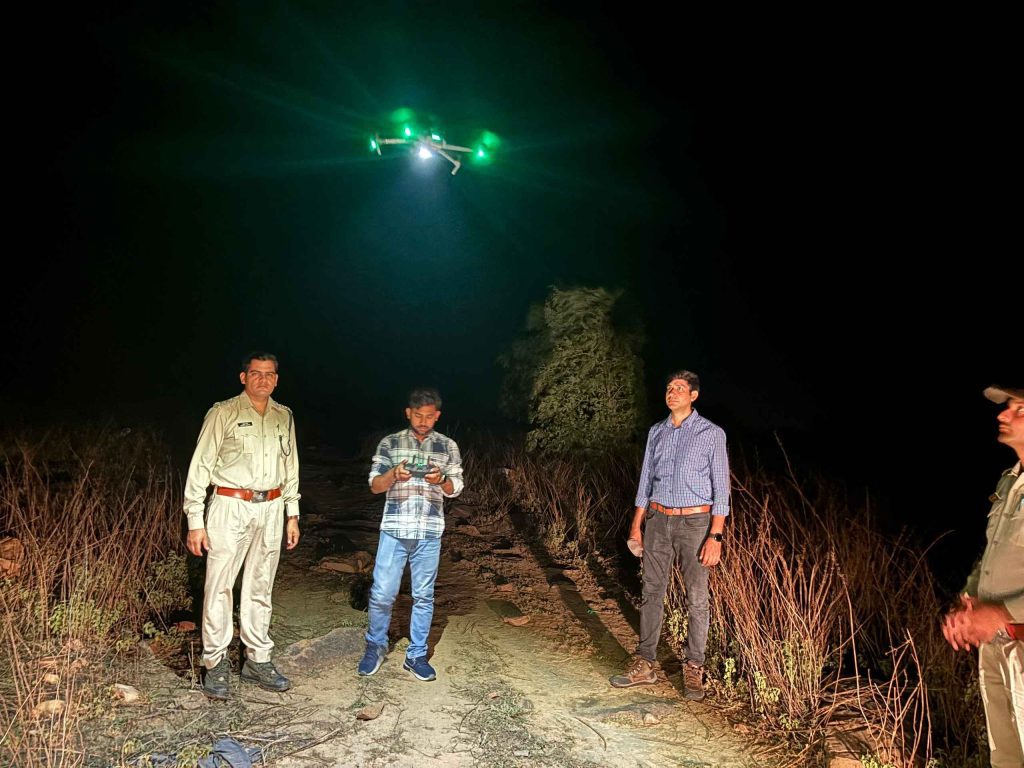
Tech Arsenal: 5 Advanced Tools for Nighttime Monitoring
Traditional day-time elephant patrols were falling short.
“Elephants would be tired by noon in the May heat. So we flipped our approach – we started tracking the tiger at night, gathering leads by morning,” he explained.
The following tools formed the backbone of this innovative strategy-
Drones with Thermal Cameras–
- Launched at 2:00 AM, they scanned water bodies and terrain.
- Despite issues like similar heat signatures and short battery life, they located the tiger by 4:00 AM on crucial days.
Solar-Powered CCTV Cameras-
- Installed at kill sites and water sources, offering real-time visuals.
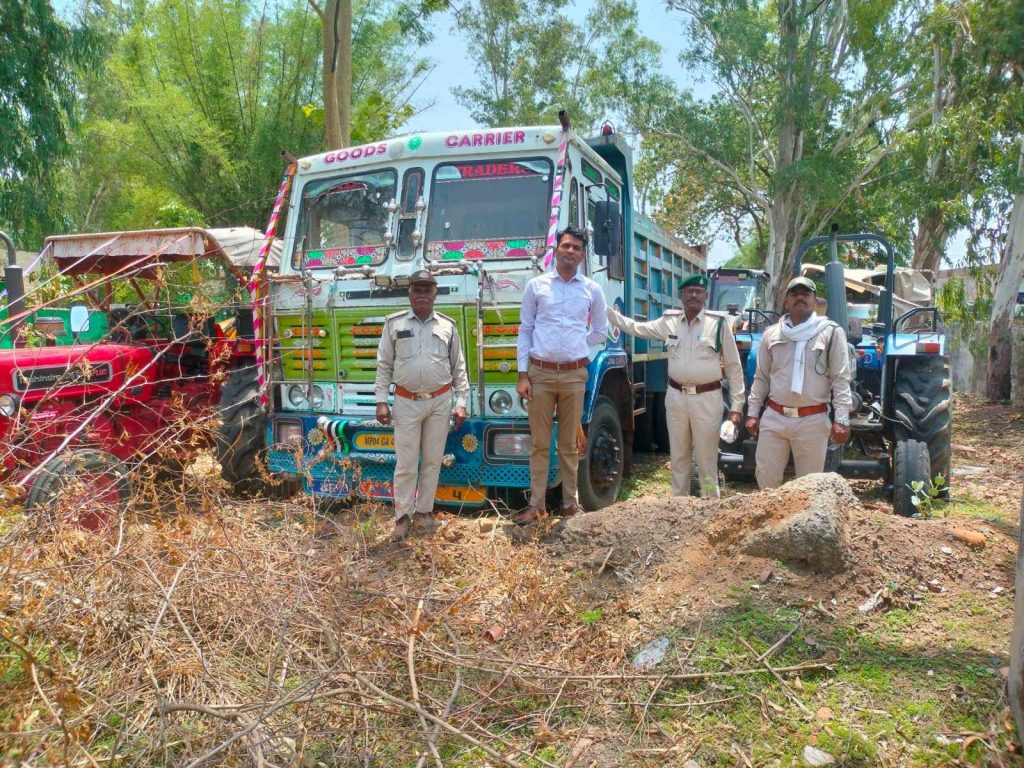
GSM-Integrated Trap Cameras-
These devices emailed photos instantly when animals triggered them.
IR-Based Trap Cameras–
Deployed after realizing the tiger was avoiding flash cameras. “The tiger was intelligent-it refused to go near flash traps,” said Mr. Kumar.
Centralized Control Room–
- A dedicated team monitored movement live, all night, improving real-time decision-making.
“This multi-layered approach helped us locate the tiger at 6:00 AM on the final day. Elephants moved in by 7:30 AM, and we tranquilized and rescued it successfully.”
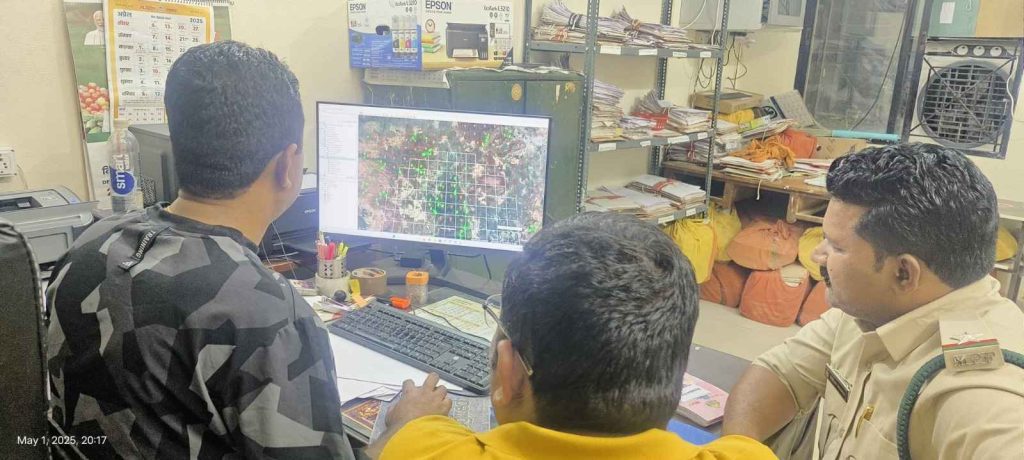
A Visionary Officer with a Ground-Level Pulse
Mr Vijay Kumar’s initiatives reflect the convergence of courage, collaboration, and cutting-edge technology. From confronting criminal networks to preventing human-wildlife conflict, his work emphasizes proactive, smart forest management.
“Conservation isn’t just about protecting trees or animals,” he said. “It’s about balancing ecology, community interests, and law enforcement – with integrity.”
With Raisen now emerging as a model of integrated conservation, Mr Vijay’s journey stands as a beacon for future IFS officers navigating complex ecological landscapes.







